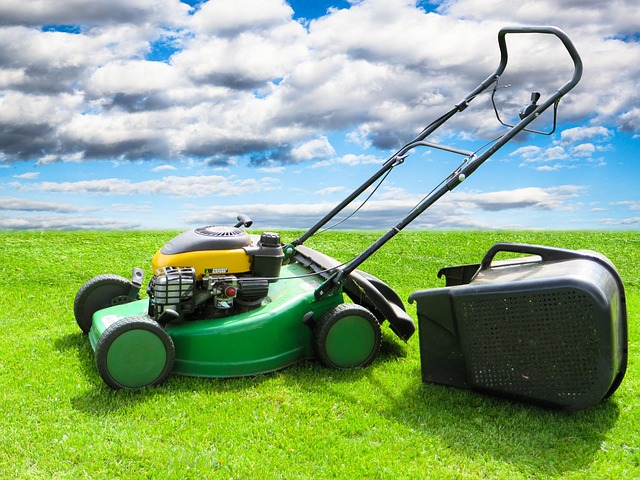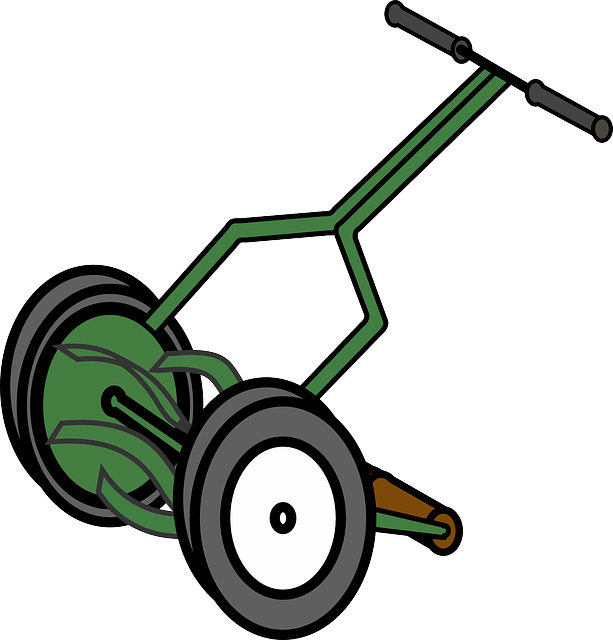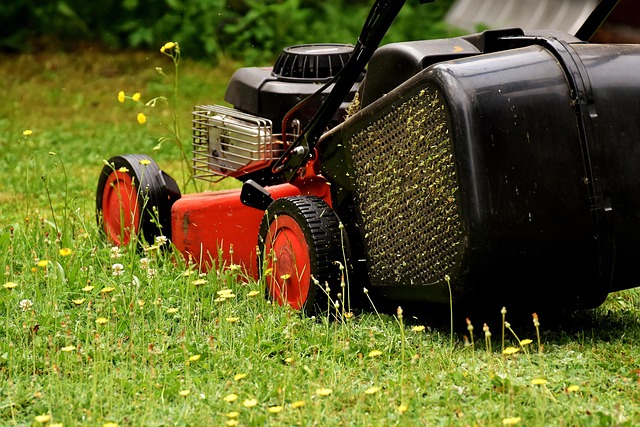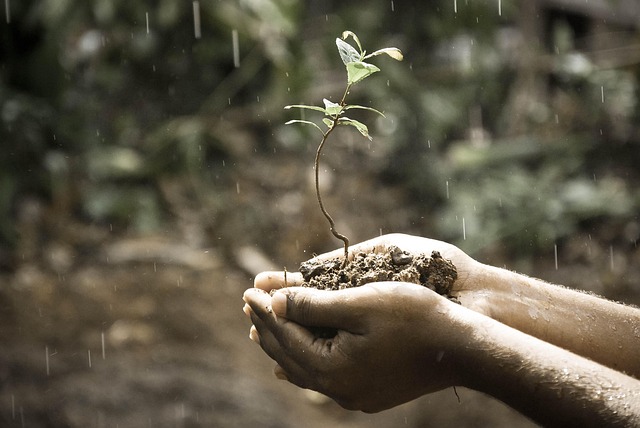Irrigating lawns effectively requires understanding grass types, climate conditions, and soil composition for optimal watering. Options like sprinkler systems, drip irrigation, and micro-sprinklers cater to diverse needs, promoting plant health while conserving water. Regular maintenance, including debris removal, leak checks, and seasonal inspections, ensures efficient systems and long-lasting landscapes in lawn care and landscaping efforts.
“Elevate your lawn care game with a tailored irrigation system—the cornerstone of any thriving landscape. This comprehensive guide unravels the secrets to optimal watering, from understanding your lawn’s unique water requirements to exploring diverse irrigation systems and their installation processes.
We’ll navigate you through the selection and setup of the perfect system, ensuring efficient water distribution. Furthermore, discover the art of maintenance to keep your new irrigation network thriving, fostering a lush and vibrant outdoor oasis.”
- Understanding Your Lawn's Water Needs
- Types of Irrigation Systems and Their Installation
- Maintaining Your New Irrigation System
Understanding Your Lawn's Water Needs

Irrigating your lawn effectively requires understanding its specific water requirements, which can vary based on factors like grass type, climate, and soil composition. Different grasses have varying needs, so identifying the species in your yard is crucial. Climate conditions, including temperature and rainfall patterns, also play a significant role in determining how much water your lawn needs at different times of the year. For instance, during hot summers or dry spells, your lawn might require more frequent but shorter waterings to prevent deep root burning. Conversely, in cooler seasons with ample rainfall, less frequent but deeper watering can promote stronger roots and overall lawn health.
Soil conditions significantly influence how water is absorbed and retained. Loamy soils, for example, have good drainage and water-holding capacity, while sandy soils may drain quickly, requiring more frequent irrigation to keep the grass hydrated at the root level. Understanding your lawn’s water needs through these factors ensures that you provide the optimal amount of water, enhancing overall lawn care and landscaping efforts.
Types of Irrigation Systems and Their Installation

In the realm of lawn care and landscaping, efficient irrigation systems play a pivotal role in maintaining lush greenery and healthy plants. Various types of irrigation systems are available, each designed for specific needs and environments. The most common categories include sprinkler systems, drip irrigation, and micro-sprinklers. Sprinkler systems, popular for their comprehensive coverage, use a network of pipes to distribute water through sprinklers positioned at strategic locations. This method is ideal for large areas and ensures even watering.
Installation typically involves laying the pipe network beneath the turf or landscaping, ensuring proper spacing and depth. Emitters or nozzles are then connected, allowing water to be sprayed or dripped onto the soil as needed. Drip irrigation, on the other hand, employs a more subtle approach by delivering water directly to plant roots through small tubes or emitters. This method is highly efficient, conserving water and reducing wastage. Micro-sprinklers, a newer technology, offers even greater precision, mimicking natural rainfall patterns for optimal plant health. Installation requires careful planning to ensure these delicate systems are integrated seamlessly into the landscape without compromising aesthetics.
Maintaining Your New Irrigation System

After successfully installing your new irrigation system, proper maintenance is key to ensure it remains efficient and effective for years to come. Regular upkeep includes clearing debris from sprinkler heads, checking for leaks or blockages in pipes, and adjusting spray patterns as plants grow. This proactive approach not only extends the lifespan of your equipment but also optimizes water usage, a significant aspect of responsible lawn care and landscaping practices.
Consider incorporating seasonal maintenance checks into your routine. In spring, inspect for winter damage; in summer, monitor for signs of over-irrigating (like waterlogged soil or mold); and in fall, prepare the system for freezing temperatures to prevent frost damage. Regular attention will help maintain the health of your lawn and landscaping while ensuring your irrigation system operates at peak performance.
Irrigation system installation is a significant step in achieving lush, healthy lawns and efficient lawn care and landscaping. By understanding your lawn’s water needs and selecting the right irrigation system type, you can ensure optimal growth. Regular maintenance will keep your system running smoothly, conserving water, and promoting beautiful outdoor spaces. Embrace the benefits of automated watering for both aesthetic appeal and sustainable practices in your yard.














